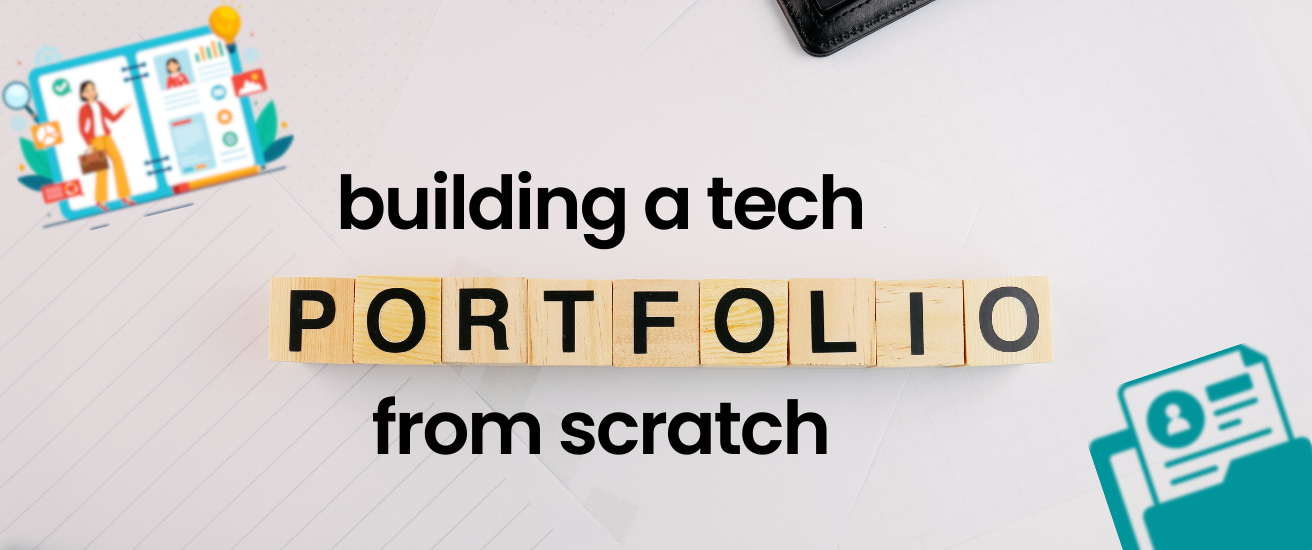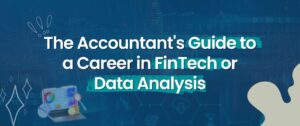
Starting a career in tech without prior experience can feel overwhelming. But the good news? You don’t need years of work history to begin building a professional presence. A strong tech portfolio can showcase your potential, prove your skills, and open doors to opportunities—even if you’re a beginner. At Codeed Labs, we believe that every aspiring developer, designer, or data scientist can craft a portfolio that speaks louder than a traditional resume.
Why a Tech Portfolio Matters
Showcasing Your Skills Beyond a Resume
Resumes are limited to text, but portfolios are proof. A recruiter or client doesn’t just want to read about what you can do—they want to see it. A portfolio bridges that gap.
Building Credibility in the Tech Industry
For beginners, credibility is everything. A well-structured portfolio demonstrates initiative, creativity, and willingness to learn, making you stand out in a crowded field.
Understanding What a Tech Portfolio Is
The Core Elements of a Portfolio
A tech portfolio typically includes:
- A brief introduction about you.
- Showcased projects with descriptions.
- Links to your work (GitHub, live demos, apps).
- Case studies or problem-solving examples.
Digital vs. Physical Portfolio
Unlike other industries, tech portfolios are almost always digital. A personal website or GitHub page is your best bet for global visibility.
Defining Your Tech Path Before Starting
Choosing your path helps define what your portfolio should highlight:
- Web Development → Websites, web apps, and UI projects.
- Mobile Development → Android/iOS apps, cross-platform projects.
- UI/UX Design → Wireframes, prototypes, and design systems.
- Data Science and AI → Data analysis, visualizations, ML models.
Step 1: Learning the Basics
Free and Paid Learning Platforms
Websites like FreeCodeCamp, Coursera, and Udemy can help you gain foundational skills. The key is consistency over credentials.
Importance of Hands-On Practice
Theory only goes so far. Apply what you learn through mini-projects, even if they seem simple—like a to-do list app or a weather dashboard.
Step 2: Setting Up Your Online Presence
Choosing a Portfolio Platform
Platforms like GitHub Pages, Behance (for designers), or Medium (for tech blogs) provide free spaces to host your work.
Personal Website vs. GitHub Profile
While GitHub shows your coding skills, a personal website lets you brand yourself. Ideally, you should use both.
Step 3: Starting with Small Projects
Beginner-Friendly Project Ideas
- A personal blog website.
- A calculator app.
- A portfolio site built by yourself.
- A weather app using an API.
Documenting Your Work Properly
Every project should include a description of what it does, the technologies used, and what you learned.
Step 4: Using GitHub as Your Portfolio Hub
Why GitHub Matters
GitHub is more than a code storage space—it’s a showcase of your version control knowledge and collaboration skills.
Tips for Organizing Your Repositories
- Write clear README files.
- Use meaningful commit messages.
- Pin your best projects.
Step 5: Showcasing Soft Skills Alongside Tech Skills
Tech skills get attention, but soft skills win opportunities. Highlight teamwork, communication, and adaptability in project case studies.
Step 6: Building a Personal Website for Your Portfolio
Tools for Beginners (WordPress, Wix, Webflow)
These no-code tools allow beginners to create polished websites without advanced technical knowledge.
Designing a User-Friendly Layout
Keep it clean. Showcase projects upfront, include easy navigation, and ensure your contact information is visible.
Step 7: Adding Case Studies to Your Portfolio
Explaining the Problem and Solution
Case studies make your projects more impactful. Don’t just show the code—explain why you built it and how it solves a problem.
Showcasing Your Role and Impact
If it was a group project, specify your role. Employers love seeing how you contribute to teamwork.
Step 8: Networking and Sharing Your Portfolio
LinkedIn and Social Platforms
Your portfolio won’t be discovered if you keep it private. Share it across LinkedIn, Twitter, and relevant tech groups.
Engaging in Communities
Join coding forums, Discord groups, or open-source communities to gain visibility and feedback.
Step 9: Keeping Your Portfolio Updated
Tracking Your Progress
Update your portfolio every time you complete a new project. This shows growth and ongoing learning.
Removing Outdated Work
Not all projects age well. Remove those that don’t reflect your current skill level.
Common Mistakes to Avoid When Building a Tech Portfolio
- Overloading your portfolio with unfinished projects.
- Copy-pasting tutorials without personal customization.
- Ignoring design and readability.
- Not including contact details or a clear call to action.
Conclusion and Final Thoughts
Building a tech portfolio from scratch is less about experience and more about effort, creativity, and consistency. With the right approach—learning basics, creating small projects, showcasing them online, and engaging with communities—you can craft a portfolio that gets noticed. Remember, every expert started as a beginner. Take the first step today, and your future self will thank you.
FAQs
1. Can I build a portfolio without coding experience?
Yes. Designers, project managers, and even tech writers can showcase non-coding projects such as wireframes, workflows, or documentation.
2. How many projects should I include in my beginner portfolio?
Start with 3–5 quality projects that demonstrate different skills. Quality matters more than quantity.
3. Do I need a custom domain for my portfolio website?
While not mandatory, having a custom domain adds professionalism and credibility.
4. How do I make my portfolio stand out?
Add case studies, keep it well-organized, highlight both hard and soft skills, and personalize the design to reflect your personality.
5. Should I update my portfolio after getting a job?
Absolutely. Your portfolio is a lifelong asset and should evolve as your skills grow.
Ready to showcase your skills and land opportunities? Start building your tech portfolio today with guidance from Codeed Labs. Turn your ideas into impactful projects and take the first step toward your future career.
Table of Content
 5.0
5.0
Unlock your new design team today
Get a team of skilled professionals and all the benefits that come with top-grade in-house designers—for a flat fee.
Book a free call


